table of contents:
What is terry cloth?
Explore the characteristics and choices of terry cloth for your sewing projects. Discover the different varieties and tips for choosing this soft and absorbent material based on your needs.
Terry cloth is a versatile material known for its ability to absorb moisture and provide cozy comfort. It is made of interwoven loops of yarn that create a soft, absorbent surface. Ideal for bath towels, dressing gowns, baby wipes, and more, terry cloth is prized for its ability to dry quickly and feel soft against the skin. Discover the many benefits of terry cloth and be inspired by its many uses in your sewing and decorating projects.
From fluffy cotton to absorbent sponge: the fascinating history of terry cloth
The history of terry cloth dates back to ancient times, with the earliest records of its use dating back to ancient Greece and the Roman Empire. At the time, public baths were widespread, and terry cloth was used for its absorbent and soft properties. People would wrap themselves in terry cloth after bathing to dry off quickly and feel comfortable.
Over the centuries, the production of terry cloth has evolved. Initially, the fabric was made by hand using cotton or linen threads. Craftsmen wove the threads into loops, which gave the fabric its characteristic fluffy appearance. However, this production method was time-consuming and laborious.
In the 19th century, with the advent of the Industrial Revolution, special machines were developed to produce terry cloth more efficiently. These machines allowed the loops to be woven automatically, thus speeding up the manufacturing process. This made terry cloth more accessible and allowed its use in a wider variety of products.
Today, terry cloth is widely used in many fields. In the fashion industry, it is used to create sportswear, bathrobes, towels, and beach dresses. In the home sector, it is used for bath sheets, bath mats, kitchen towels, and bedding. It is also used in the personal care industry, such as makeup remover wipes and baby hygiene products.
Terry cloth is prized for its exceptional absorbency, softness, and comfort. It provides a warm and cozy feel while being easy to care for. It can be machine washed and generally stands up well to wear and tear. Additionally, its plush texture and loops provide a gentle massage on the skin, making it a popular choice for spa and wellness products.
In conclusion, the history of terry cloth is rich and diverse. From its beginnings in public baths in ancient times to its widespread use in various fields today, terry cloth continues to offer us comfort and practicality in our daily lives. Its technological evolution and adaptation to modern needs make it a popular and indispensable fabric in many products.

The secrets of terry cloth manufacturing: From yarn to soft loops
Terry cloth manufacturing is a complex process that requires specific techniques to achieve its soft and absorbent texture. First, terry cloth is typically made of two distinct layers: a looped side and a cut-strand side. It's thanks to this meticulous process that we can enjoy this comfortable and versatile fabric in our daily lives.
The manufacturing process begins with the selection of cotton. The cotton fibers are harvested and spun into yarn using spinning machines. These yarns are then dyed in different colors, if necessary, to meet market needs.
Then, the cotton threads are woven on special looms to create the terry cloth. The weaving technique used is called "loop weaving," where loops are formed on one side of the fabric. This is done using special warp threads that are lifted at regular intervals during weaving, thus forming loops.
Once the terry cloth is woven, it undergoes a finishing process. This may include steps such as brushing or scraping the fabric to loosen the loops and increase its softness and suppleness. Some manufacturers may also use polishing techniques to achieve a smoother, silkier texture.
After finishing, terry cloth usually undergoes quality control processes, such as visual inspection and absorbency testing, to ensure its quality and performance. Finally, the terry cloth is cut into various sizes and shapes for use in making finished products such as bath towels, bathrobes, bath mats, etc.
It should be noted that some variations in the manufacturing process may exist depending on the specific techniques used by each manufacturer. However, the main goal remains the same: to create a soft, absorbent, and high-quality terry cloth.

The wonderful properties of terry cloth: Softness, absorbency and comfort in the spotlight
The unique properties of terry cloth make it an ideal choice for many projects. Terry cloth combines properties that make it an ideal choice for a range of textile applications. Whether for bathware, loungewear, or baby accessories, terry cloth offers the perfect balance of comfort, functionality, and practicality.
Absorption
Its main feature is its exceptional absorbency. Thanks to its soft and fluffy fibers, terry cloth can quickly absorb moisture, whether after showering, swimming, or exercising.
Candy
Terry cloth is pleasantly soft to the touch, providing a feeling of comfort and well-being. Its delicate texture pampers the skin and provides a feeling of comfort during use.
Quick drying
Terry cloth is also appreciated for its ability to dry quickly. After absorbing moisture, it allows for efficient drying, thus avoiding the feeling of dampness. In addition, thanks to its loop structure, terry cloth creates a small amount of air trapped between the loops, which makes it more insulating and helps maintain body heat.
Sustainability
In terms of durability, terry cloth is known for its strength and ability to withstand regular use and frequent washing. It retains its softness and fluffy appearance even after numerous washes, making it a reliable and durable choice.
Versatility
Finally, terry cloth also offers excellent adaptability and shaping. It can be easily cut and sewn to create a variety of products such as bath towels, dressing gowns, baby wipes, blankets, and much more. Its versatility makes it an ideal choice for many sewing and craft projects.

Uses of Terry Cloth
Terry cloth offers many creative possibilities when it comes to sewing. These ideas are just a starting point; let your creativity run wild and imagine other unique projects using terry cloth. Whether for practical items, handmade gifts, or personalized accessories, terry cloth offers a soft and absorbent texture that adds a touch of comfort to your creations.
Bath towels
Terry cloth bath towels are essential for drying off comfortably after a bath or shower. You can personalize them by adding decorative borders or embroidered designs for a unique look.
Bathrobes
A terrycloth bathrobe is ideal for relaxing at home. You can create a custom bathrobe using your own pattern and choosing the length, style, and details you like.
Reusable wipes
Terry cloth wipes are an eco-friendly alternative to disposable wipes. They can be used for cleaning babies' faces, hands, or bottoms. They can be sewn into different sizes and easily washed for reuse over and over again.
Baby bibs
Terry cloth bibs are practical for toddler mealtimes. They absorb spills and protect baby's clothes. Add adjustable closures or fun patterns, such as a tartan pattern , to make these bibs even more attractive.
Baby blankets
Terry cloth blankets are soft and comforting for babies. They can be used at home or on the go to keep them warm and cozy.
Bath mat
A terry cloth bath mat is both practical and comfortable. You can custom-make a bath mat to fit the size of your bathroom and choose colors or patterns that match your decor.
Beach accessories
Terry cloth beach bags, beach pillows, or hats can be fun projects to make for sunny days. Terry cloth is ideal for absorbing moisture and keeping you dry during your beach activities.
And much more... You're free to innovate!

Terry cloth care
Caring for your terry cloth is essential to maintaining its softness, texture, and durability. By following these care tips, you can extend the life of your terry cloth and maintain its absorbency and softness over time. Be sure to consult the manufacturer's specific instructions for any additional care tips related to your particular terry cloth.
Washing
It is recommended to machine wash terry cloth at a moderate temperature. Use a mild detergent and avoid harsh bleaching agents that can damage the fibers. Separate items by color to avoid unwanted discoloration.
Drying
For drying, you can choose to air dry or use the dryer on a low heat setting. Avoid overloading the dryer to allow good air circulation and prevent the fabric from tangling.
Ironing
Generally, terry cloth does not need to be ironed, as its fibers have a naturally curled texture that gives it its characteristic appearance. However, if you wish to iron terry cloth, use a low to medium temperature and make sure to do it inside out to avoid flattening the loops.
Terry cloth is a versatile choice for many sewing projects. Its main characteristic is its soft and absorbent texture, making it ideal for bath and home items. You can sew bath towels, bathrobes, reusable makeup remover wipes, cushion covers, bath mats, baby bibs, and much more. Let your imagination run wild and explore the many creative possibilities offered by terry cloth. Thanks to its softness and absorbency, your creations will be both practical and comfortable.
We offer several simple tutorials on our blog if you are new to sewing, also find us on Facebook , Instagram and TikTok !

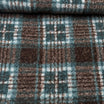
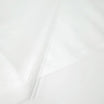
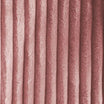
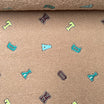
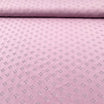
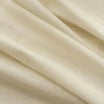
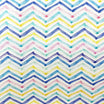
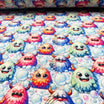

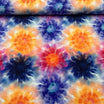
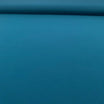
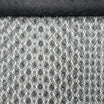
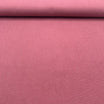
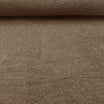

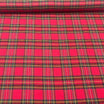
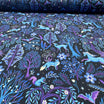
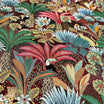
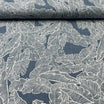
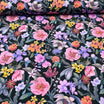
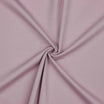
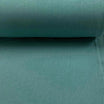
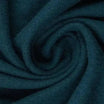
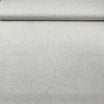
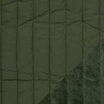
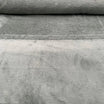
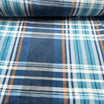
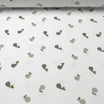
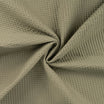
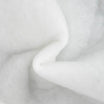
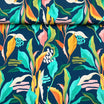
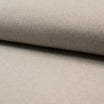
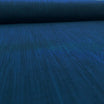

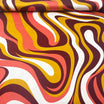

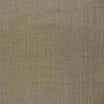
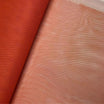
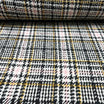
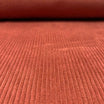
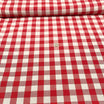
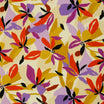
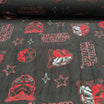
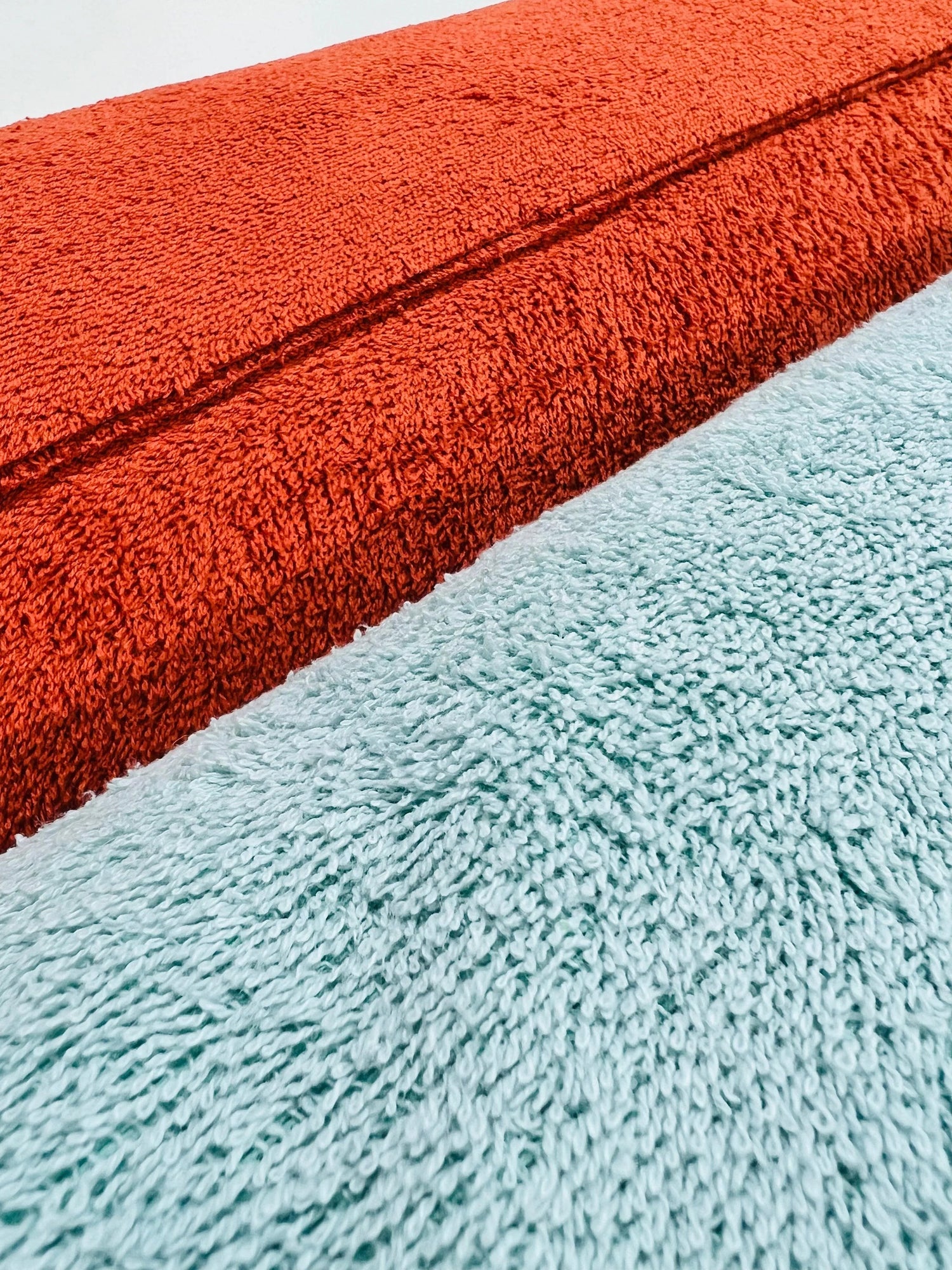
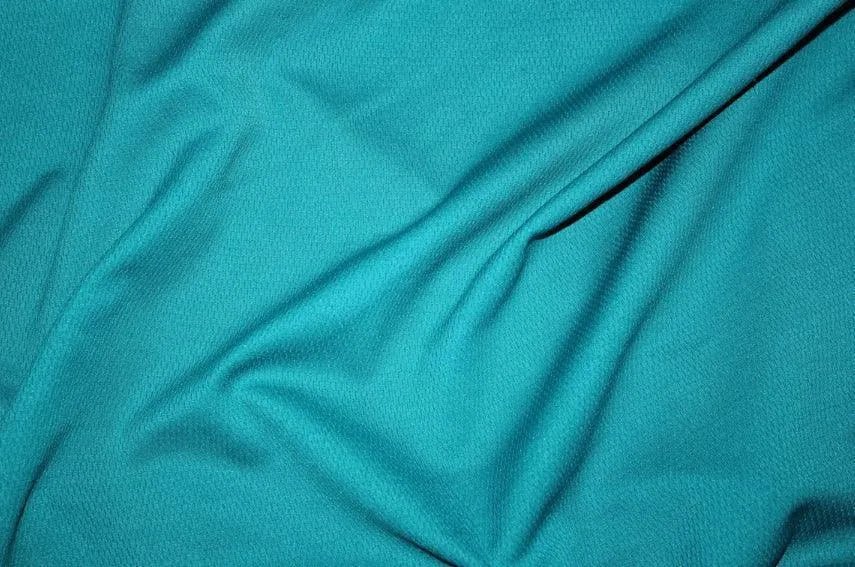
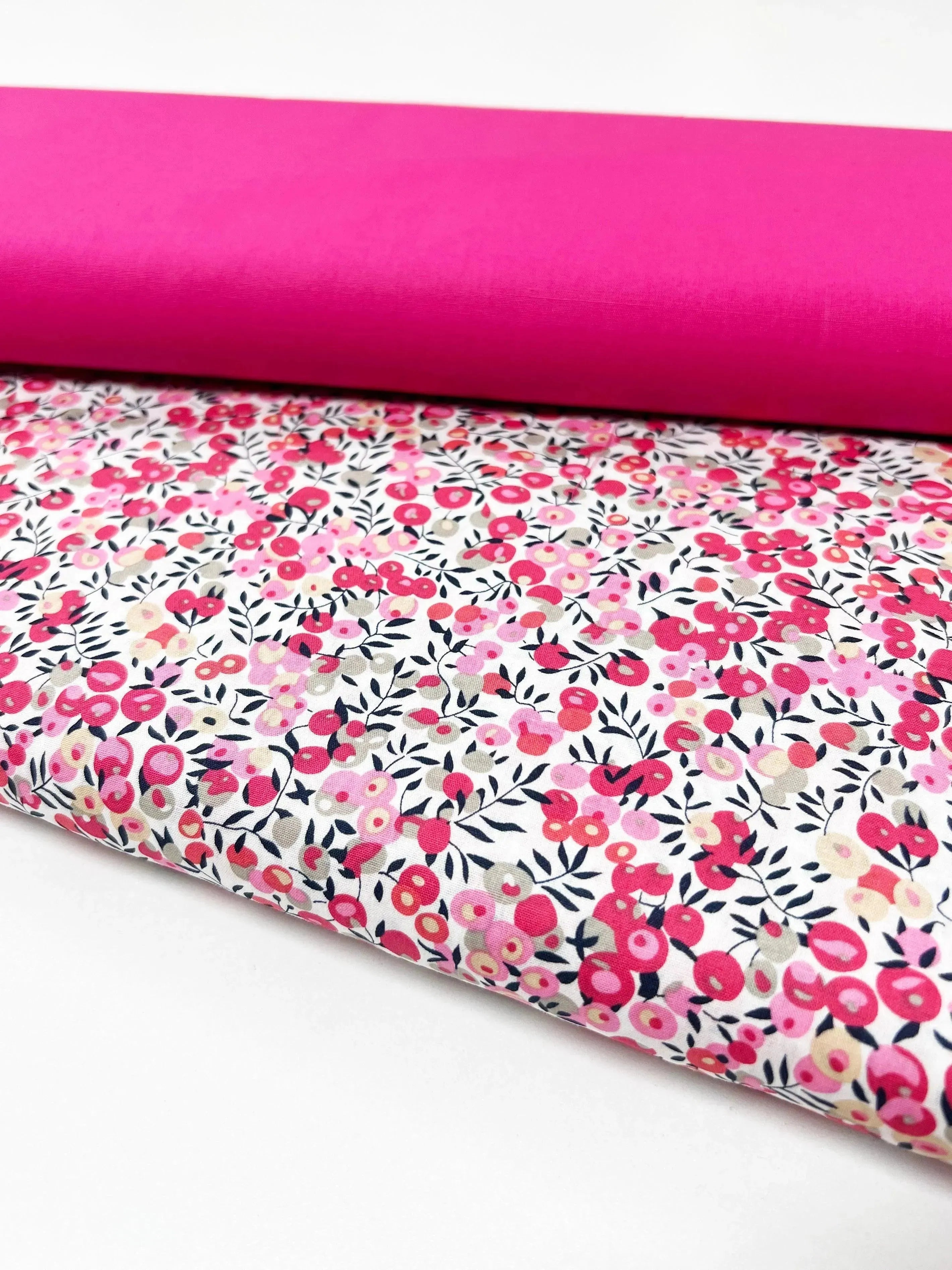
Leave a comment
All comments are moderated before being published.
This site is protected by hCaptcha and the hCaptcha Privacy Policy and Terms of Service apply.